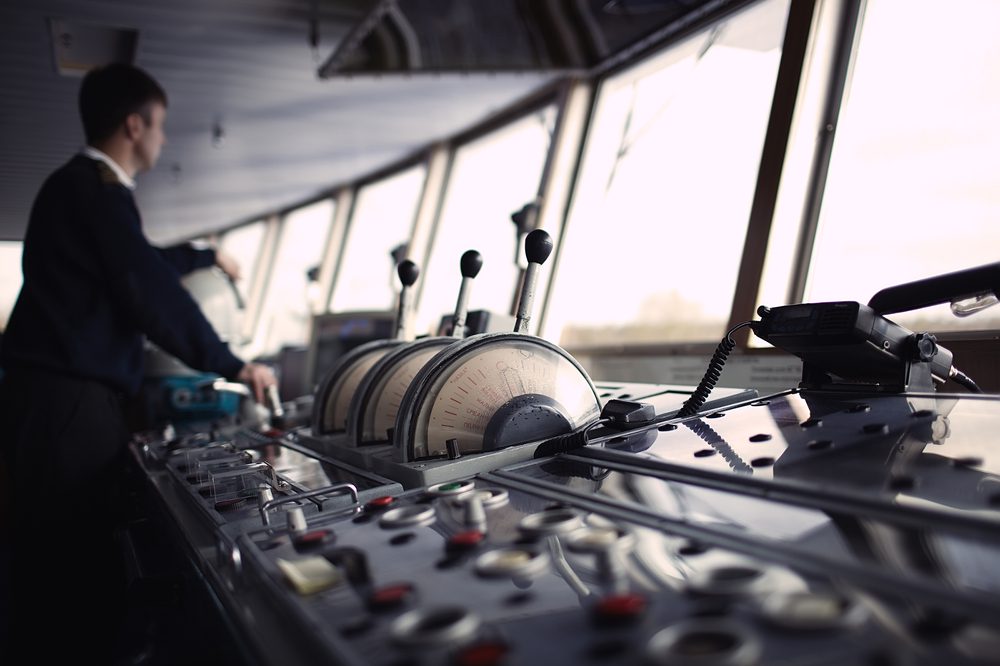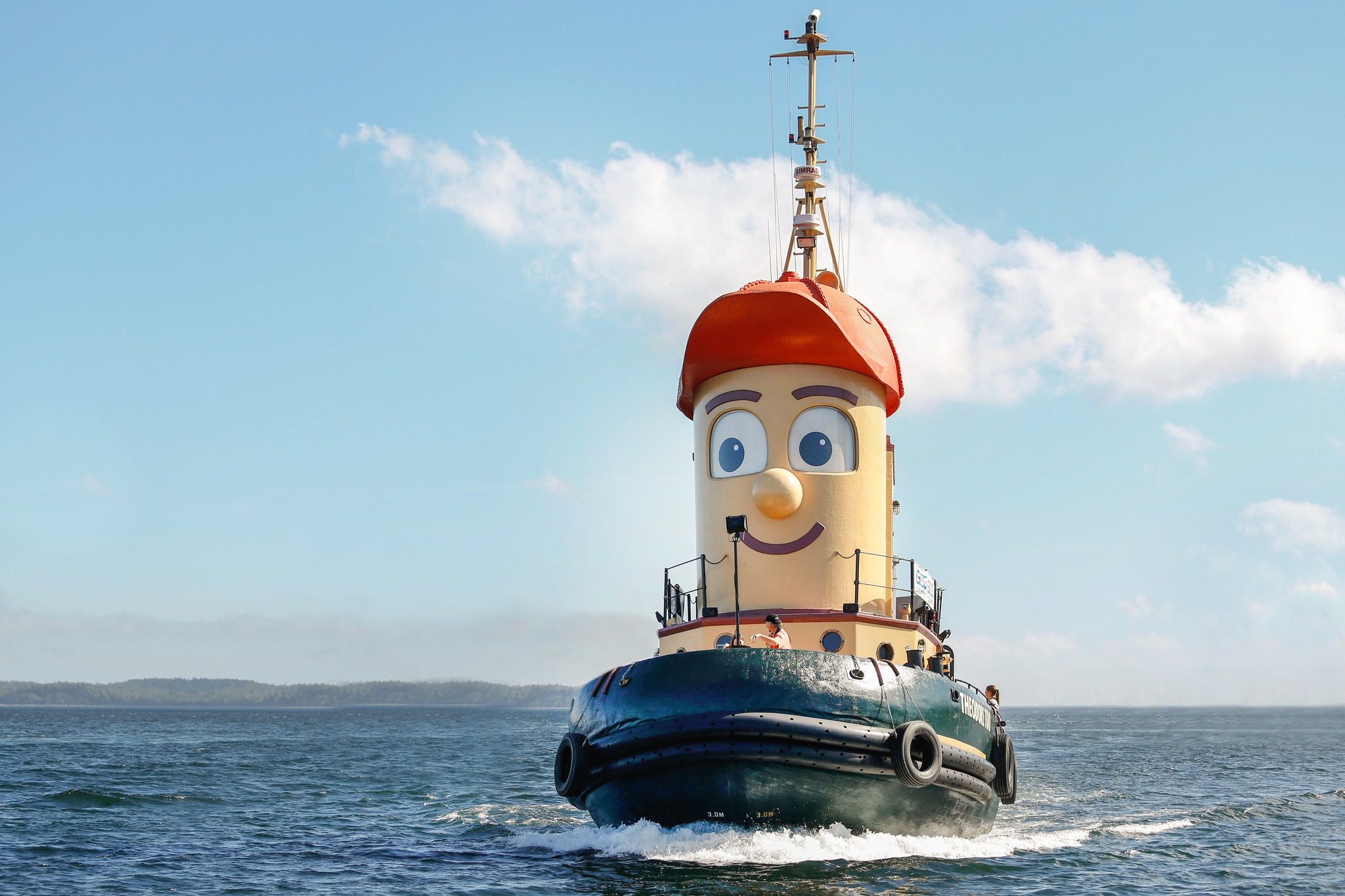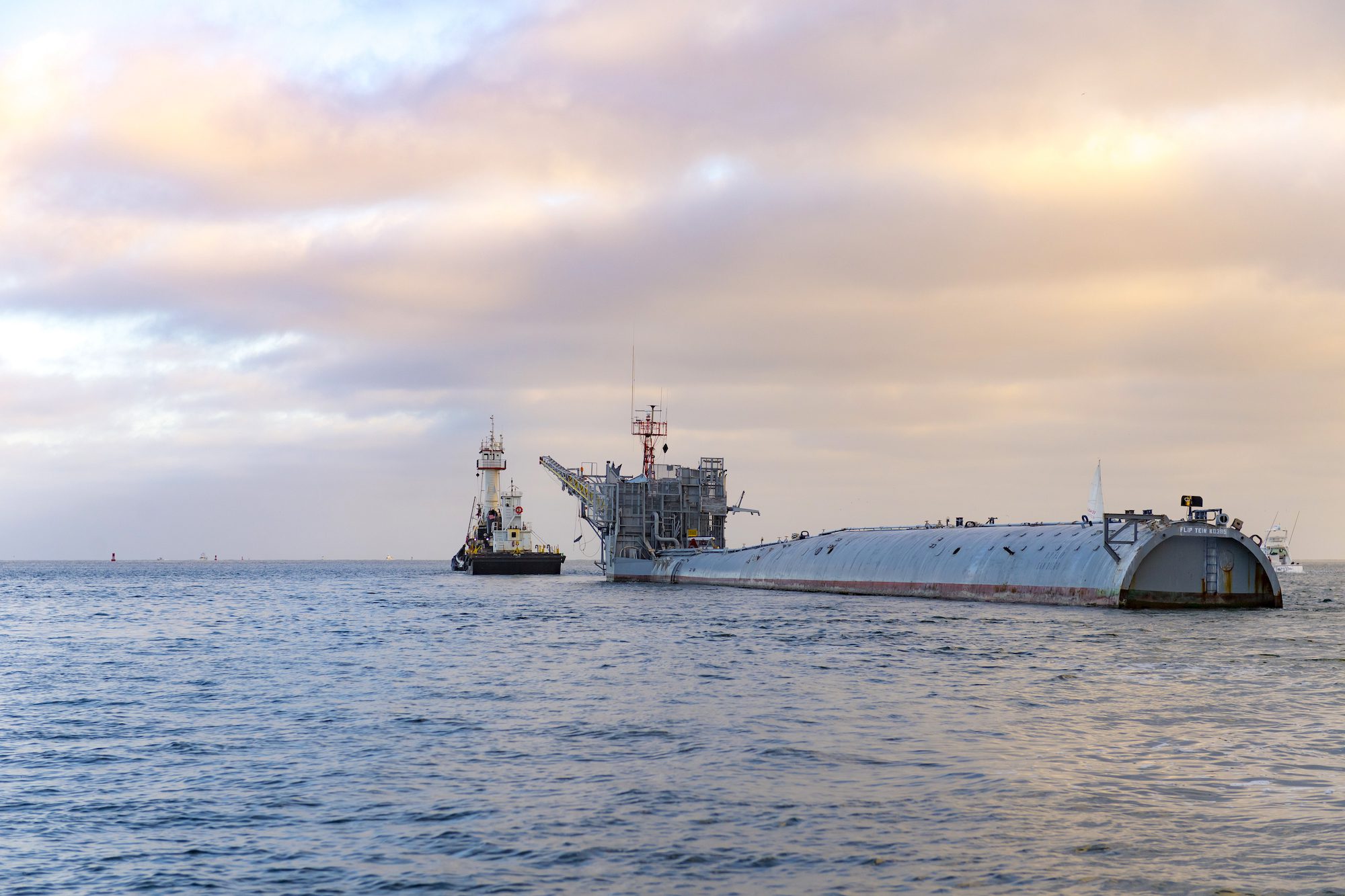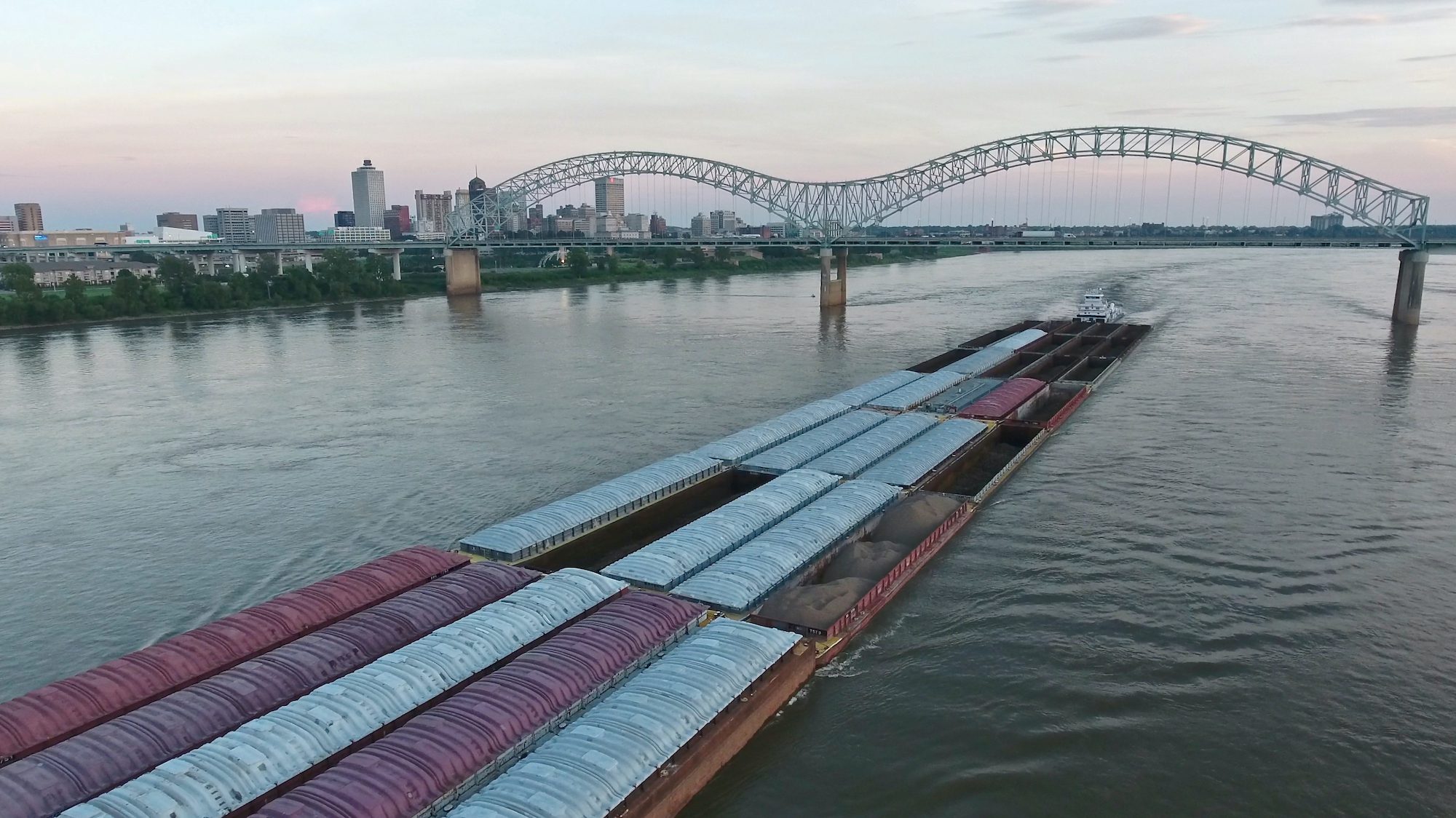Photo: d13 / Shutterstock
By Captain George Livingstone – One of my favorite war movies is the critically acclaimed 1981 film Das Boot, directed by Wolfgang Peterson. It follows the WWII, German submarine U96 as it sets out on patrol in the Battle of the Atlantic. If you haven’t seen it and have an interest in the genre, I highly recommend it. There is a dramatic scene with the submarine on the surface suddenly being attacked by air, a senior officer yells down from the conning tower ‘ALARM, ALARM, ALARM’. Claxon’s, bells, whistles and men immediately start sounding off as the submarine goes into a harrowing emergency dive.
Alarms are nothing new at sea and have been in use for a long time. However, almost exclusively for emergencies of one sort or another, like emergency dives on submarines. Not so in the 21st Century marine transportation world. Alarms are now employed for a host of operations on the bridge of modern ships. When first conceptualizing the idea of performance standards for bridge alerts, I’m sure planners at the International Maritime Organization (IMO) thought it reasonable, ultimately enhancing safety at sea.
ANNEX 21 The Adoption of Performance Standards for Bridge Alert Management
The IMO’s Maritime Safety Committee (MSC) is tasked with the standards on bridge alarms through its Annex 21, the Adoption of Performance Standards for Bridge Alert Management. As end users, mariners will usually withhold judgement until we see the practical applications in use. In the case of Annex 21, it has been in effect for a number of years. The relevant question now from the IMO’s MSC should be, how is it working? Let’s take a brief look at the Annex itself before answering.
It intends to audibly identify emergency alarms, general alarms, warnings and cautions on the bridge of ships. Annex 21 also identifies criteria for and classification of alarms, including escalation of alarms not acknowledged. Criteria for classification of alarms includes conditions or situations which are not immediately hazardous, but may become so, thus inducing many more alarms to sound off, especially when in restricted or pilotage waters.
But there’s more, the Annex also states alerts should also be separated into three categories: Category A, B and C alerts. Category A alerts are for information directly related to danger of collision or grounding. These alerts cannot be acknowledged so the alarms just keep sounding off to the distraction of all involved. Category B alerts are used when no additional information for decision support is necessary and can be acknowledged. Category C alerts are also alerts that cannot be acknowledged on the bridge, but for which information is required about the status and treatment of the alerts (i.e. Alerts from the engine). Confused yet?
Saftey at Sea
No mariner would argue against safety at sea, however, many would suggest that implementation of Annex 21 has led to unforeseen consequences. Ship’s operations when in restricted or pilotage waters are very complicated, with a small group working in a small physical space responsible for all that occurs. Not surprisingly that is precisely when most bridge alarms activate. The Bridge Team, operating at various locations and in verbal communication with each other during a serval hour-long job, find multiple audio alarms going off every 30 seconds or so. The vast majority are sounding off for non-emergency reasons. The alarms, coming from different stations and locations, sound more or less the same. Sound like a recipe for distraction when focus on task is a primary requirement?
It is very distracting to have a series of alarms going off in the background when trying to concentrate on navigating a ship through restricted waters. Which is why many captains now designate an officer to chase alarms while in restricted waters, in place of their primary duty! The result? A critical member of the bridge team is taken away from their primary task in order to acknowledge all the alarms sounding off. Would it be far-fetched to state that the above is detrimental to a functioning Bridge Team and Bridge Resource Management (BRM)?
Driven to Distraction
Now again, for the readers who are not professional mariners, think about what it would be like working in a space doing a very demanding task while a stream of noise through a series of different alarms keeps sounding off in the background. What happens? Well even if the captain pulls a primary watch standing officer from his/her duties to go around and acknowledge alarms, there are so many going off that one cannot help but to block them out. There is so much noise pollution from the alarms that the bridge team ends up tuning them out, negating the very purpose of the alarms in the first place.
Survey Says
I’ve always argued that mariners are the final arbitrators of decisions made at the IMO. As end users we have first-hand experience with all that comes out regarding international regulations, law and applications regarding seagoing craft. If it isn’t working we will be the first to know. On a host of issues the IMO should be surveying professional mariner opinion. In that vein, I have a few questions for the Marine Safety Committee-
Do all alarms have to be audio?
Could some be color coded on screens for example?
Would it not be better to have alarms that sound different for different alerts?
Would different types of alarms assigned to different stations be helpful?
Professionals understand the complexities involved in making all this function on the bridge of ships. We also understand that complicated articles like Annex 21 need to be monitored and followed up on to ensure they are functioning as intended.
In case anyone is asking, professional mariners do have a suggestion for the IMO’s MSC, how about less Alarms! Alarms! Alarms!
Although my primary motivation for writing is to advocate for working mariners around the world, I am reminded how broad-based gCaptain readership is. I often hear from non-mariners regarding my column. My sincere thanks to all who support my monthly musings.
—
Captain George Livingstone is a San Francisco Bar Pilot, co-author of ‘Tug Use Offshore’, contributing author of ‘IMPA On Pilotage’ and a regular contributor to gCaptain.

 Join The Club
Join The Club











